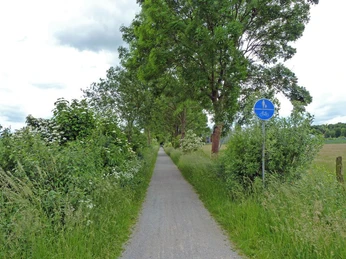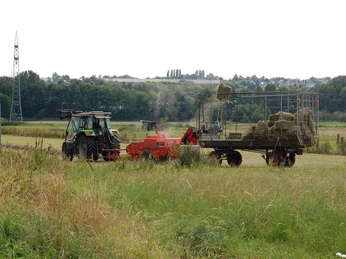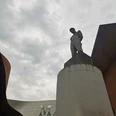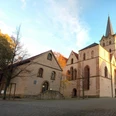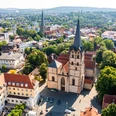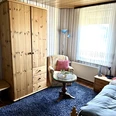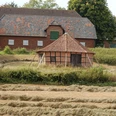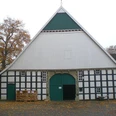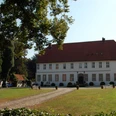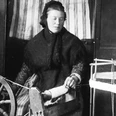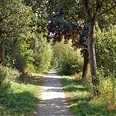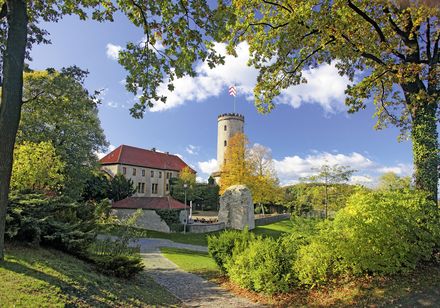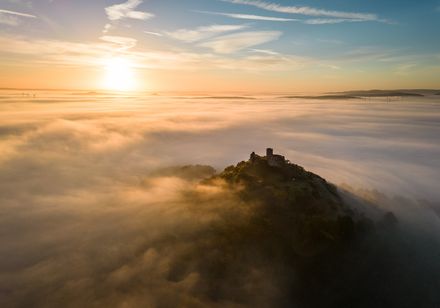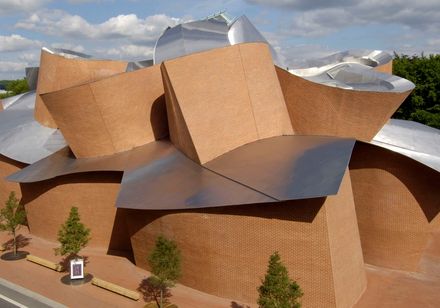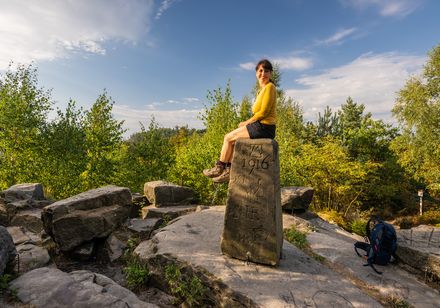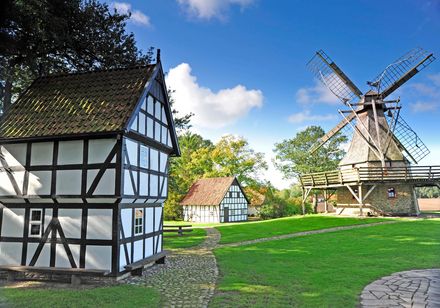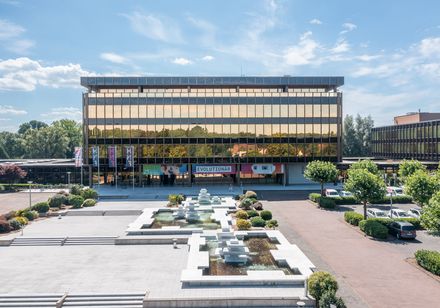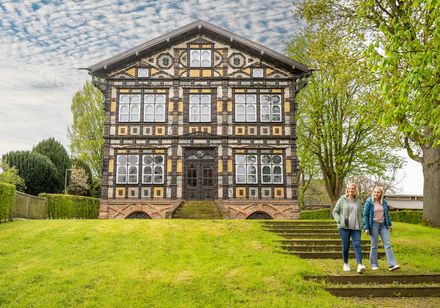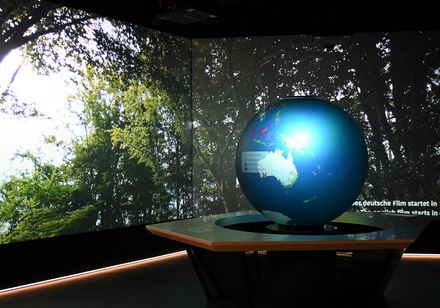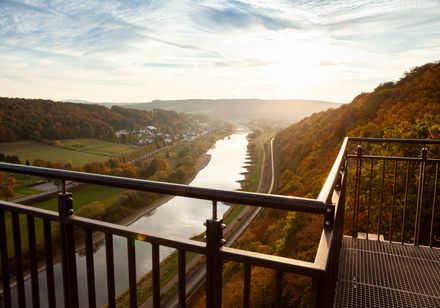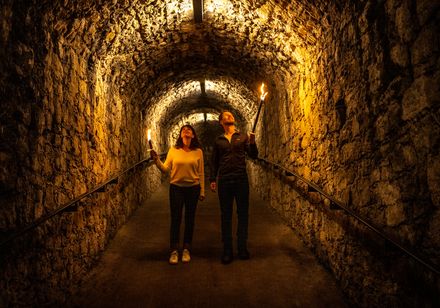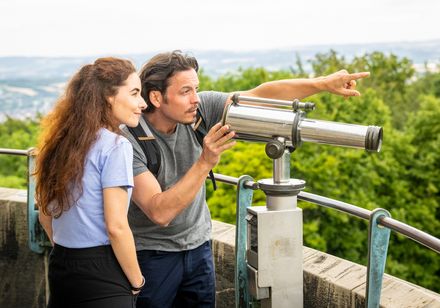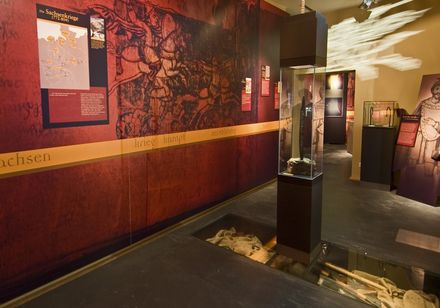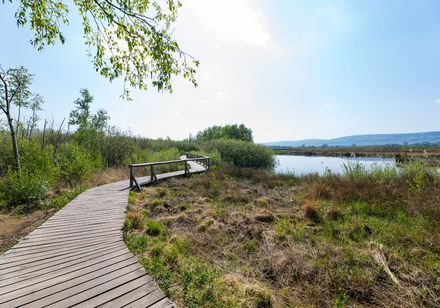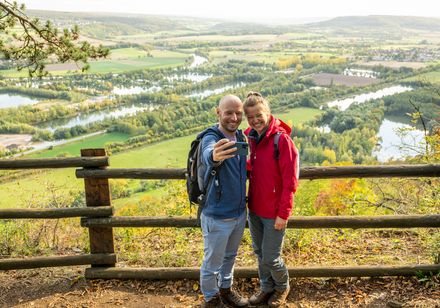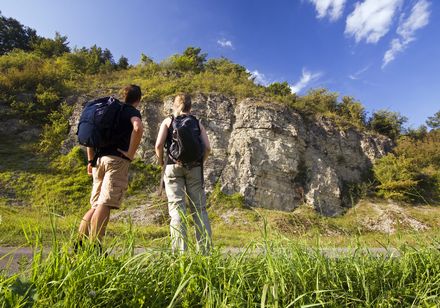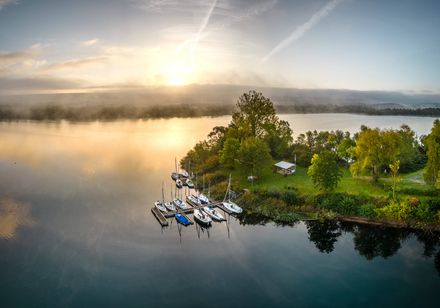The Füllenbruch used to be a forest in a very damp depression (= quarry forest) and has developed into a stream valley with damp meadows and pastures over the last few centuries due to agricultural use. Many rare plant and animal species have their habitat here. Meadows that are no longer fertilized and are only mowed from mid-June are particularly valuable for nature conservation. Significantly more plant species grow here than on the more heavily used and nutrient-rich areas. Butterflies and grasshoppers find more food plants and places to lay their eggs. The aurora butterfly (see drawing), for example, lays its eggs on the meadow foamwort, which the caterpillars then feed on.
In the Füllenbruch nature reserve, several farmers manage their meadows and fields extensively on a voluntary basis (e.g. mowing twice a year and no fertilization). They receive compensation payments for the loss of yield.
Further information: www.fahr-im-kreis.de
Good to know
Directions & Parking facilities
More information
License (master data)
Nearby

